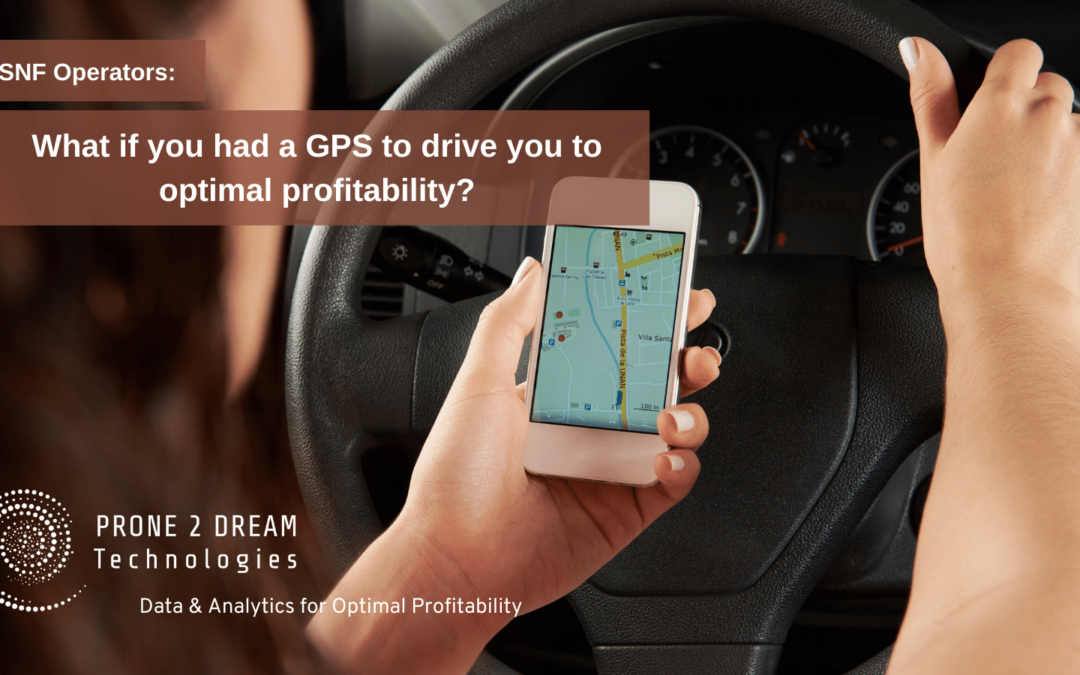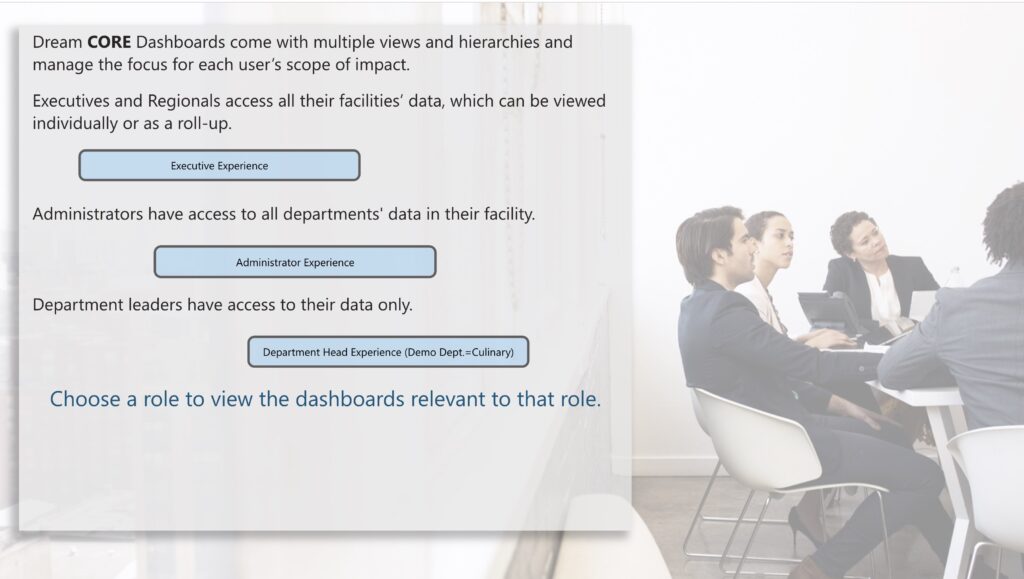What if you had a GPS to drive you to maximum profitability?
Why do we like GPS? It not only gives us the best route to our destination, but it also identifies roadblocks in our way. You hear “Accident 12 miles ahead in the right lane, 27-minute delay, exit now to take the alternative route”. The roadblocks are actually reported by other users of the app, and because of their contribution to your journey, you are able to make a timely decision, avoid the pitfall, and arrive on time. Imagine your phone battery was dead on this same trip and this information never reached you – now…here you sit, trying to negotiate the simplest lane change to make an impact…
GPS’s analyze and prioritize data contributions
You develop a roadmap every year, you call it your company’s “budget”. In many ways it is like the “Rand-McNally”, well thought out, achievable, and precise. The day after you publish it, the information begins to move toward irrelevance. Road conditions are constantly changing, unexpected detours, and you must stop to get a true sense of your direction.
There are many line items you can plan for, based on historical data. But you know there will be unknowns as well. The unexpected repair, the inevitable challenges of staffing, the desire to have the next best thing… and an unpredictable revenue stream.
What if you set your budget on a GPS – so that each detour off the path you’ve laid out for maximum profitability signaled an alert? “You’ve headed off-course” giving your leaders a chance to change direction and arrive at the destination. How would that impact your month? Would you be more likely to follow the GPS’ suggestion to get back on the route?
Take a look at DreamCORE Dashboards, a financial GPS solution that reports conditions changes, detours, and the impact that other departments are having on your drive towards maximum profitability.
Recalculating
Revenue not trending the way you expected? DreamCORE integrates your revenue sources and expenses and will auto-adjust your budgets accordingly. How much time and money would this save you? Without this auto-adjusting GPS, you’re waiting for EOM reports, as day after day passes and your spending continues, unmindful. You’re taking the scenic route and buying souvenirs, instead of heading purposefully toward your goal.
Take a skilled nursing facility, with a potential of 100 clients (residents, patients) per day. There are a mix of payers, depending on insurance scenarios, and billing is complex. Yet, the operator can project these reimbursements with DreamCORE and set the goal (GPS) to reach the maximum amount.
The expenses are variable, too. A certain level of staffing is needed to care for 100 patients, of varying skill sets and pay rates from CNA to RN. In addition, CMS regulations must be met to achieve a star rating that will offer the best perception of the home and its reputation. Staffing is always a challenge … and Overtime Happens! The GPS issues an alert to avoid this drain of premium dollars and to change the schedule before it’s too late.
In addition, these clients must receive a sustainable diet, 3 meals a day plus extras. A healthy diet includes many perishable items, so the coordination of numbers of clients and ordering of supplies is a critical projection, but easily managed by the GPS.
Communication and a Team Approach
Looking at each department and how it contributes to the destination needs to be a streamlined communication process. Consider the communication advantages of each department, being able to see what’s happening in the others.
Much like many drivers on the road contributing to a GPS app, an “accident” ahead, such as an unexpected capital expense (the vehicle breaks down on the trip, needs repair and the GPS recalculates), is visible to everyone on the same journey. They’re all working towards the common goal (meeting the projected outcome = bonuses) so adjusting their own spending to benefit the greater good becomes a team approach.
Without the GPS, there’s a communications gap. For example, your Activities director is unaware of the major unexpected expense in Maintenance, so she continues to spend. GPS calculates for the facility success, with the contributions of all departments as baseline.
This example can be applied to any company – you have revenue, which fluctuates. You have expenses, which are also variable. You have a team of leaders, all trying to do their best to contribute to the success of the whole, all responsible and accountable for the expenses their department incurs.
The next time you hop in your car, whether you’re driving 2 miles or 20 or 200, set your GPS and consider its role. You set the destination, and it offers the most direct route (as well as the scenic route). It alerts you to heavy traffic, accidents, and construction (unforeseen obstacles) and provides an estimated time for your journey (results of your choices).
Would having a GPS for operating your company make a difference in your bottom line?


